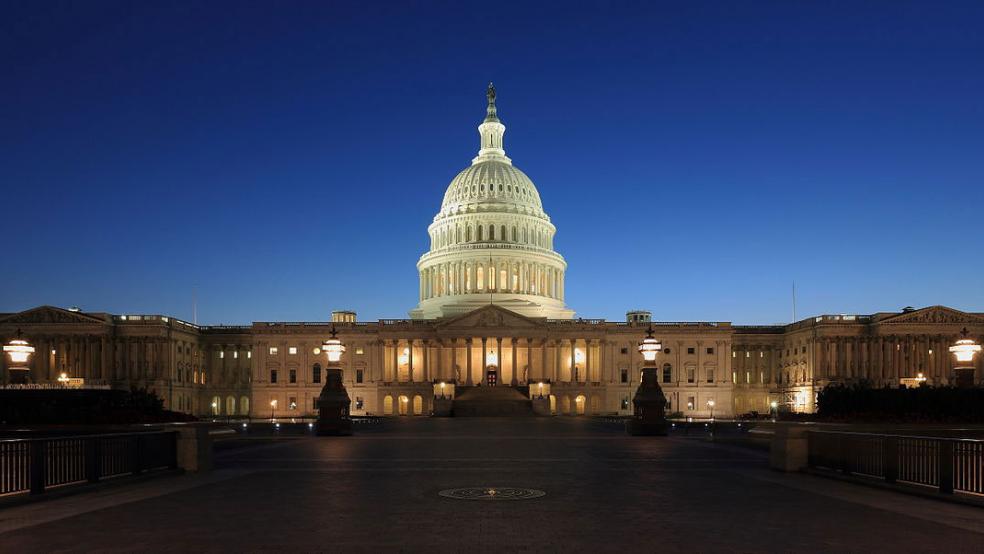Not so long ago, earmarks were viewed with suspicion by many lawmakers, especially on the Republican side of the aisle, and in an effort led by tea party activists about 10 years ago, the spending set-asides were banned in Congress. However, earmarks – now sometimes referred to as “member-directed spending” – have made something of a comeback, and the 2022 omnibus spending package contained more than 4,000 of them, worth about $9 billion.
Lawmakers are currently trying to hash out their spending plans for 2023, and Roll Call’s Peter Cohn and Herb Jackson report Tuesday that members of the House have sprinkled 4,386 earmarks worth $8.2 billion throughout their appropriations bills.
Republicans have led the way for 2023, claiming eight of the top 10 earmark totals. At the top of the list is a Republican from Texas, Rep. Randy Weber, who secured “community project funding” worth $287.5 million – the most by far of any representative, but still short of the $547 million he initially requested. The money will be spread across 10 projects, most related to energy infrastructure in his district near Houston.
In second place is another Republican, Rep. Michael Waltz of Florida, who secured $169 million, with more than half of the funds designated for a communications center at Patrick Space Force Base in Brevard County.
Members can request earmarks in multiple subcommittee bills. The Transportation-HUD bill contains the most earmarks: 1,827 of them, worth $3.7 billion. The Labor-HHS-Education bill is second, with 1,310 projects worth $1.4 billion.
What’s next: More earmarks. Senators still have to make their earmark requests, and if 2022 is any guide, there will be a lot of them. “[S]enators’ appetites for earmarks are typically greater than their House colleagues', and out of the $9 billion enacted for this year, $5 billion were Senate-only requests,” Cohn and Jackson write. “And House lawmakers are capped at 15 separate project submissions, a limitation their Senate colleagues don’t face.”




